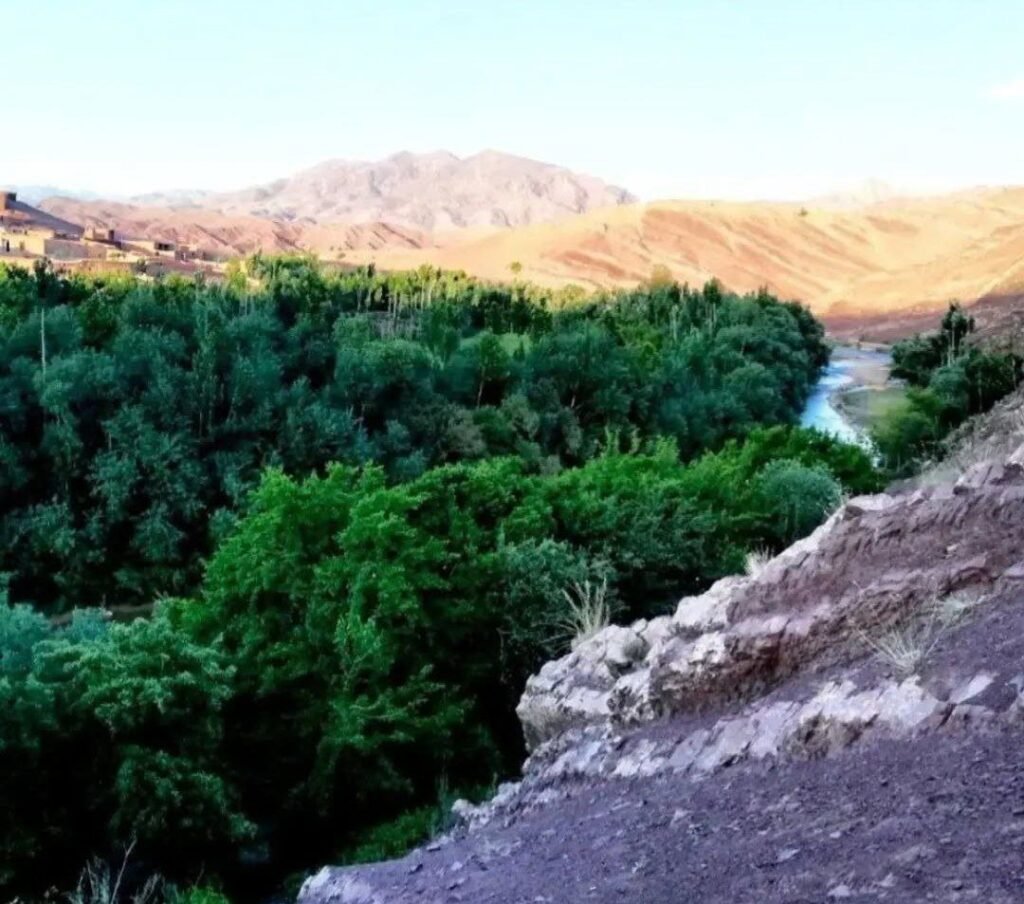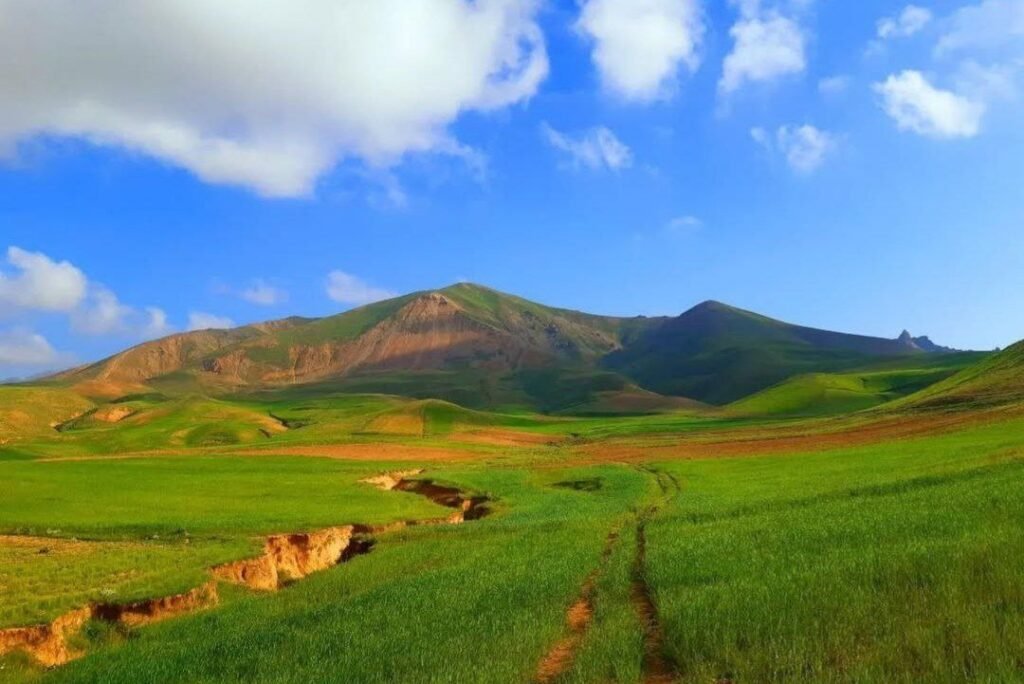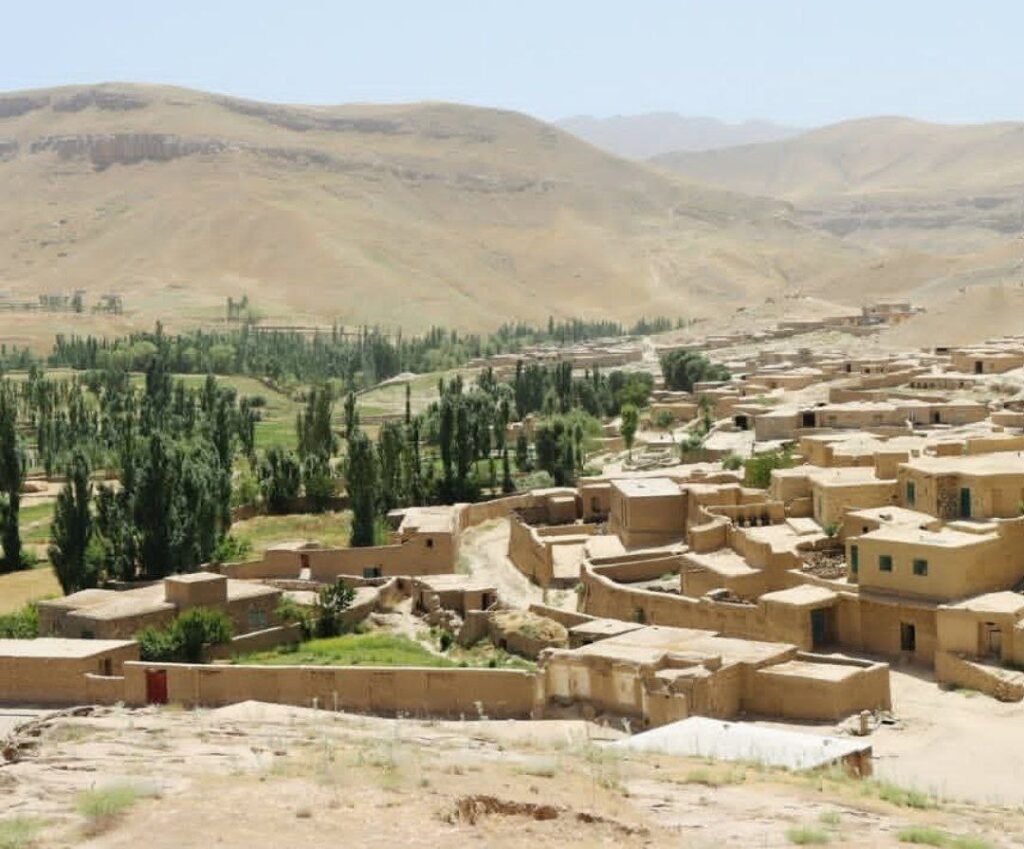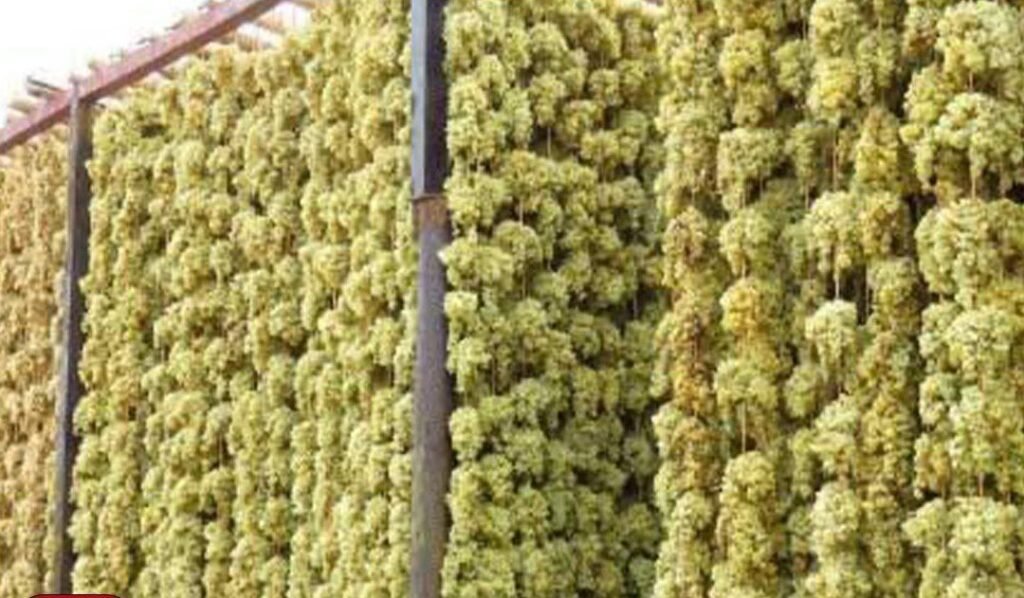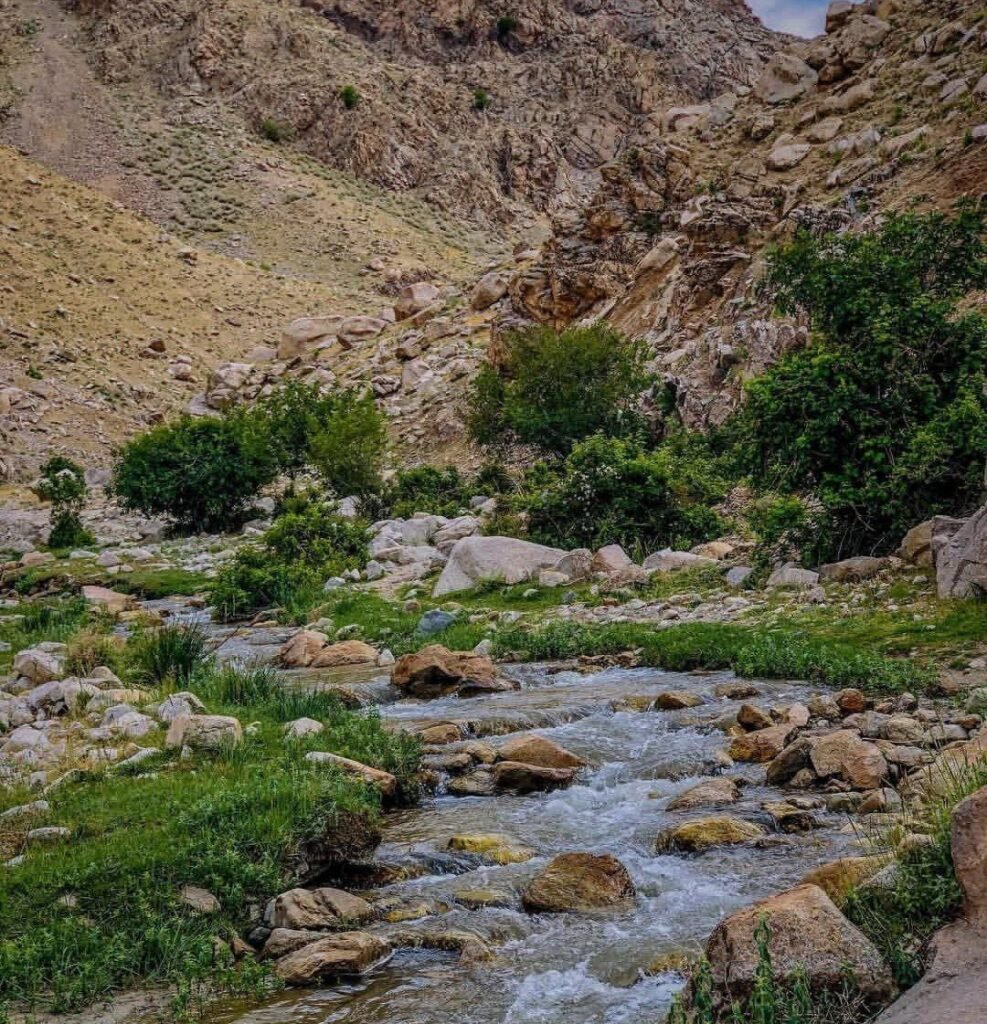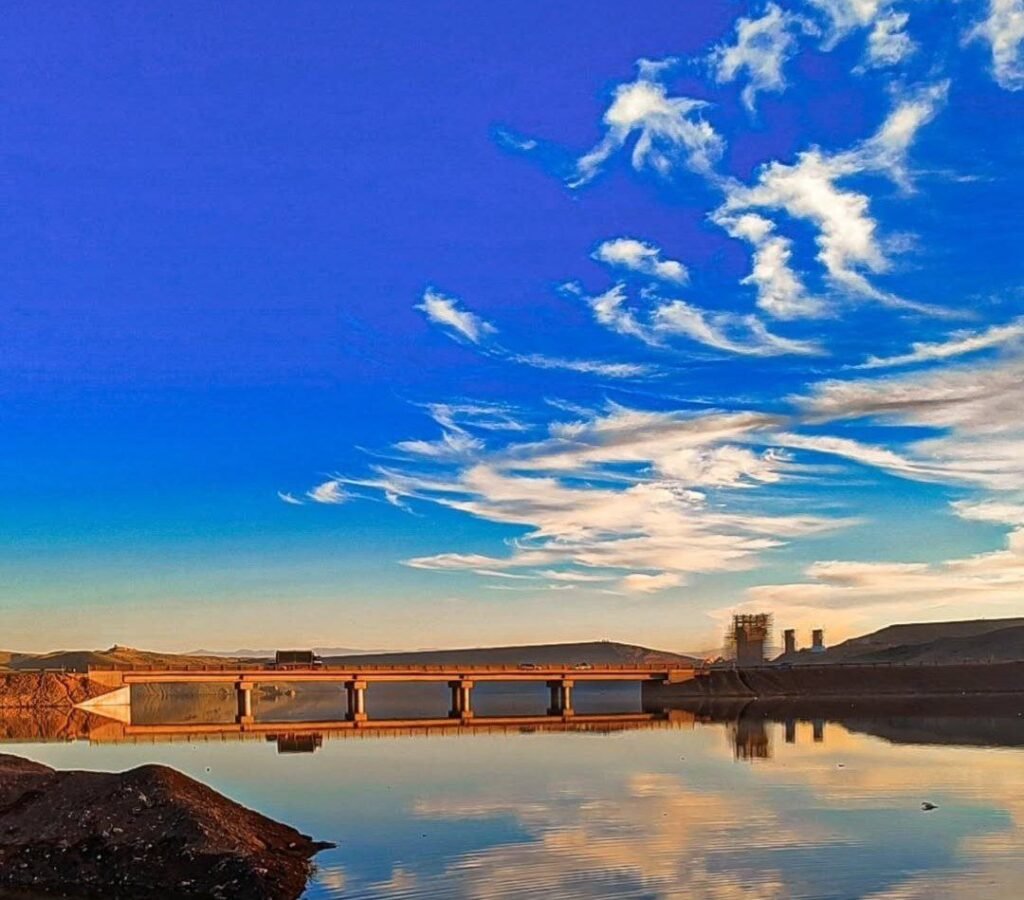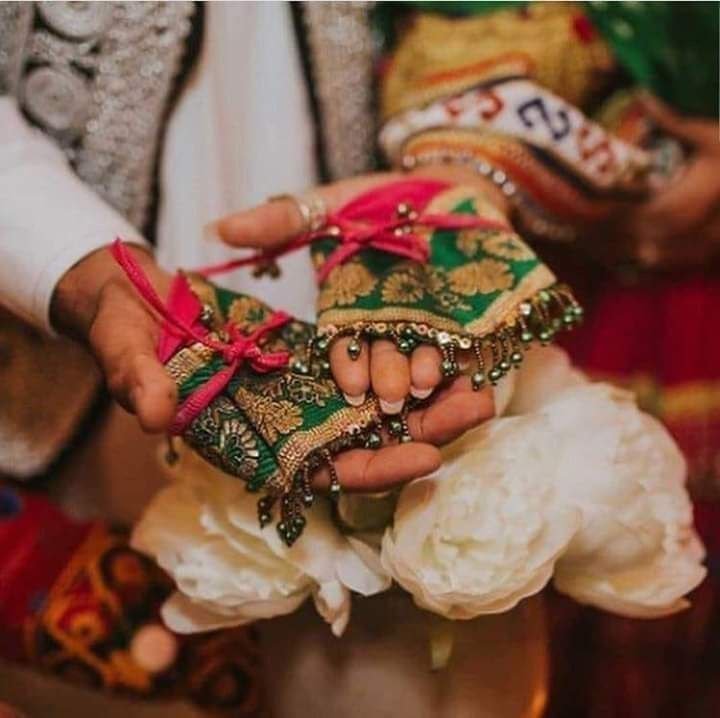Adraskan District in Herat
Adraskan District Adraskan District is one of the oldest and most important districts in Herat Province, western Afghanistan. This area boasts a rich history, diverse geography, and valuable natural resources. Its hardworking residents play a key role in the province’s economic, cultural, and social development. This article offers an in-depth look at Adraskan’s geography, history, society, economy, and culture. Geography and Location of Adraskan District Adraskan District is located in the southern part of Herat Province, approximately 9 kilometers from the provincial center. It is bordered to the north by Guzara, Pashtun Zarghun, and Ghurian districts; to the south by Shindand District (formerly Sabzawar); to the east by Farsi District; and to the west by the Islamic Republic of Iran. Its area is estimated to be about 4010 square kilometers. The important Herat–Kandahar highway, one of the country’s vital transit arteries, passes through this district and plays a significant role in the region’s economic development. Topography and Natural Resources The landscape of Adraskan is mountainous and valley-rich. The Adraskan River originates in Farsi and Tulak districts of Ghor and flows through the area. This river creates fertile valley lands, which support agriculture and livestock farming. These natural advantages have helped the local economy thrive. Historical Background Human settlement in this district dates back to ancient times and the Aryan Zoroastrian civilization. Some local sources believe that the name “Adraskan” derives from the word “Azarshkan,” which in the Dehkhoda lexicon means “house of fire” or “place of fire worshippers.” Over time and linguistic evolution, the name transformed into its current form, “Adraskan.” Historically, Adraskan was part of Sabzawar District (now Shindand). Population and Social Structure The people of Adraskan are mainly Persian-speaking ethnic groups including Tajiks and Hazaras. Their lifestyle largely revolves around agriculture, animal husbandry, carpet weaving, and local trade. The Adraskan market, especially on market days (Fridays), serves as an important center for local commerce, offering products such as fruits, vegetables, dairy, clarified butter (ghee), and rauch (a local product). The inhabitants are known for their warmth, hospitality, pride, and strong attachment to their land. Culture and Art in Adraskan District Adraskan has a distinguished heritage in carpet weaving, kilim weaving, and historically in a type of textile called Karsbafi. These crafts are traditionally practiced at home and constitute a source of family income. Local music and quatrain poetry are also widespread in the community’s culture. Sports and Youth In recent years, Adraskan District has seen significant growth in local sports such as football and volleyball. According to locals, more than 10 football teams and 4 official volleyball teams are active in the district, some participating in provincial competitions. Artificial turf fields and new sports facilities have been established, encouraging youth participation in healthy social activities. Market and Local Economy The district’s market offers all kinds of essential goods, fruits, vegetables, and household items. Conversations with market vendors reveal that products like turnips, onions, tomatoes, potatoes, rauch, and beverages are either produced locally or supplied from Herat city. Some vendors have a background of labor migration to Iran and Turkey but now operate in the local market and homes. Adraskan is not only important geographically and economically but also has a valuable historical and rich cultural background. The active participation of its people in agriculture, trade, sports, and arts has made this district one of the dynamic and promising regions of Herat Province. If infrastructure, education, and social services are further developed, Adraskan could play an even greater role in the development of western Afghanistan.
